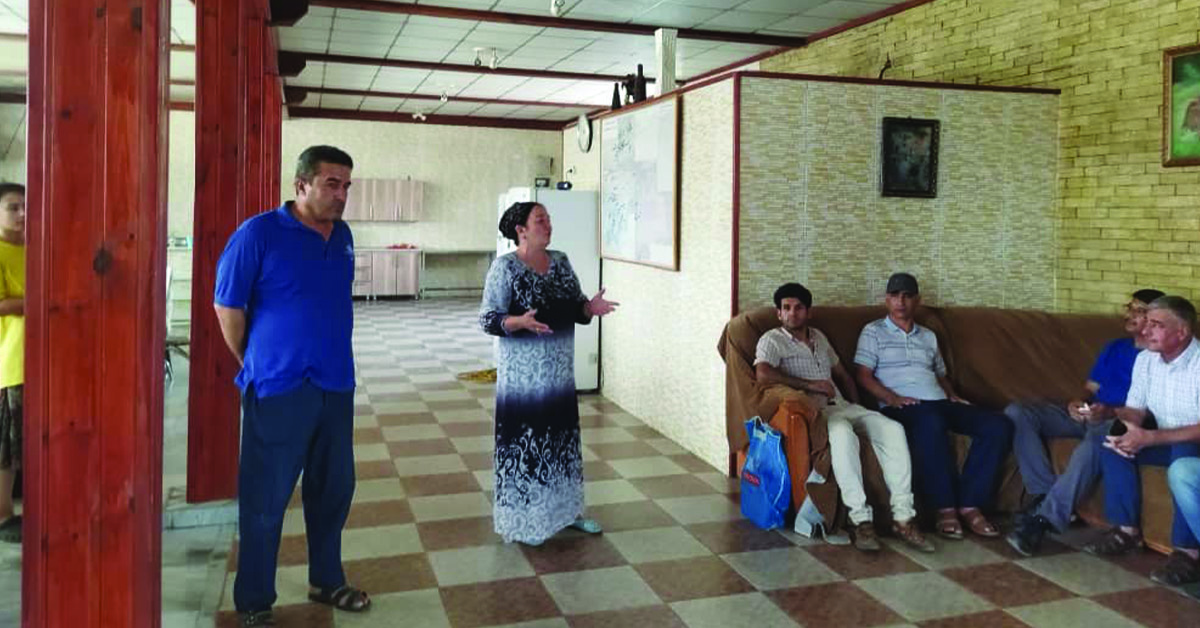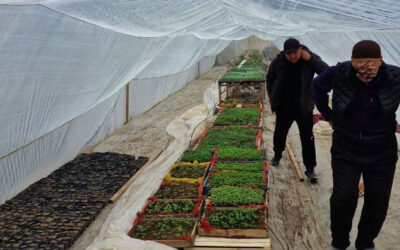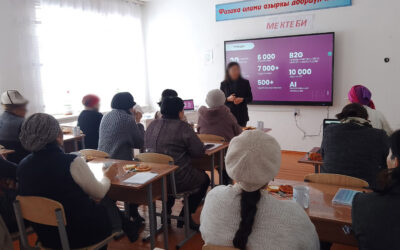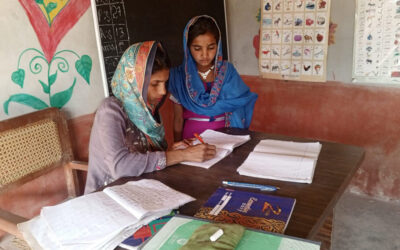Collaborating with Refugees
September 1, 2022

This month was very hot. The last time it was this hot was in 1971, but our team is working hard in villages Sunkist 1* and Sunkist 2*. We did three Transformational Community Development (TCD) trainings with two women and one man. We also had a summer camp for Afghan refugees and villagers from Sunkist 1 and 2. This was a very fruitful time. We sang songs, made plov (pilaf – the national dish), and had discussions on how we could transform villagers’ and refugees’ lives. We talked about the five areas of TCD. We also talked about how refugees and villagers could be independent during these hard times. It was a very heated discussion between Lola, our TCD worker, and the refugees. The Afghan women said they need to make some businesses, but the Afghan men say we, GHNI, need to make a big donation to start businesses.
Since 2016, I’ve been working with GHNI, and this is one of the biggest problems in Central Asia. All villages want big donations. But this is not how we work. I tried to explain that it is best to make small donations/projects, like a seed project, that will produce big results. Lola understands this very well, and, the last time I was in the meetings, I tried to explain to the refugees how it works. Now, we have a good relationship with the community, and the community likes us. They like us as an organisation and like us as persons. They respect us. It is our hope to graduate Sunkist 1 and 2, soon.
Thank you!
*In the interest of security, “Sunkist 1” and “Sunkist 2” are pseudonyms for villages being helped by this project.
Written by: Oleg
GHNI Partner Volunteer
Latest Stories from
CENTRAL Asia
The Seeds are Sprouting!
One community member is working to grow vegetables for his community.
Building Trust Through Helping Teachers
Helping teachers prepare their students for a national test in 2025 builds trust and respect.
Dream Comes True for a School
The parents of this village had never been to school and didn’t think it was possible for their kids to go either.



